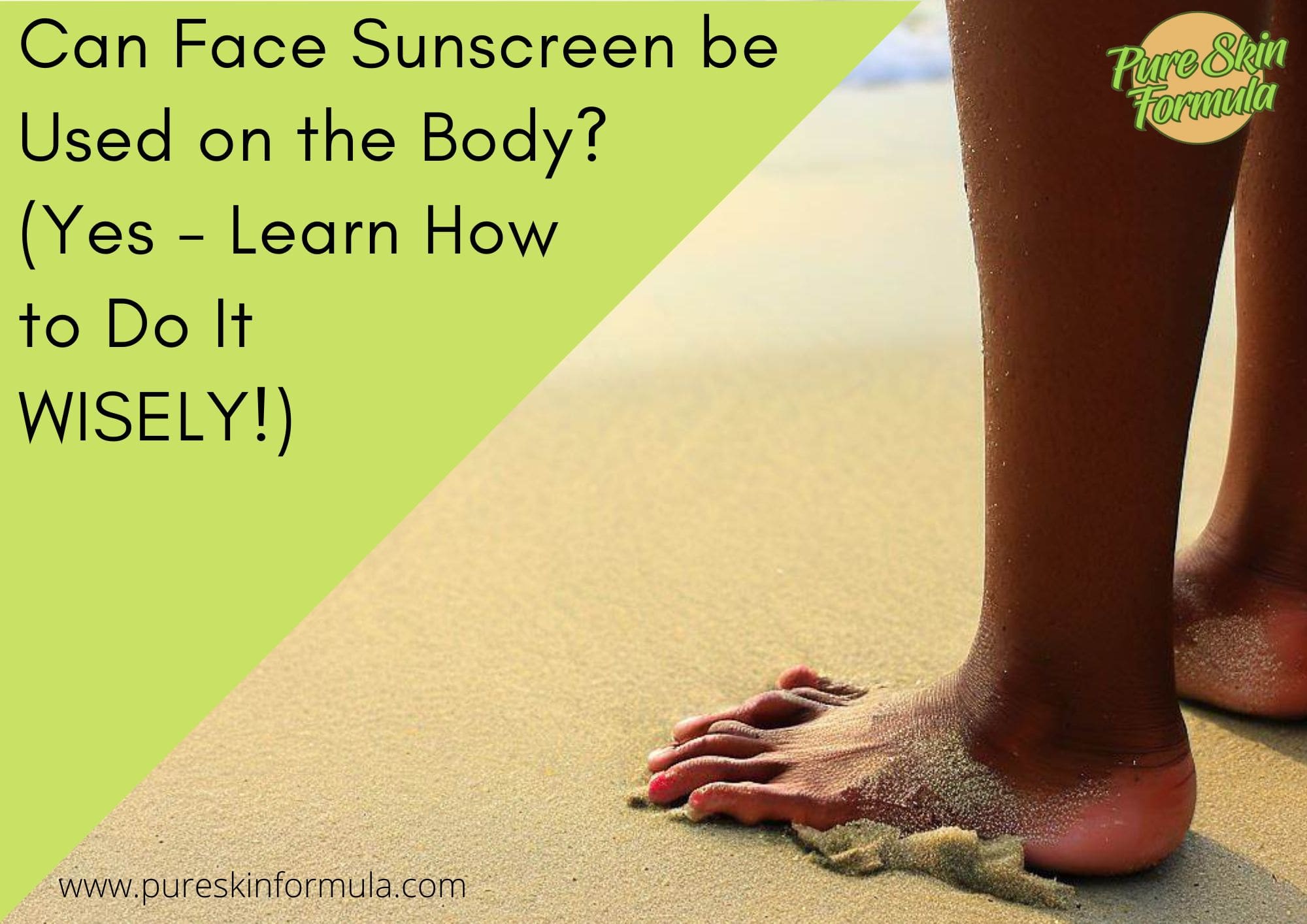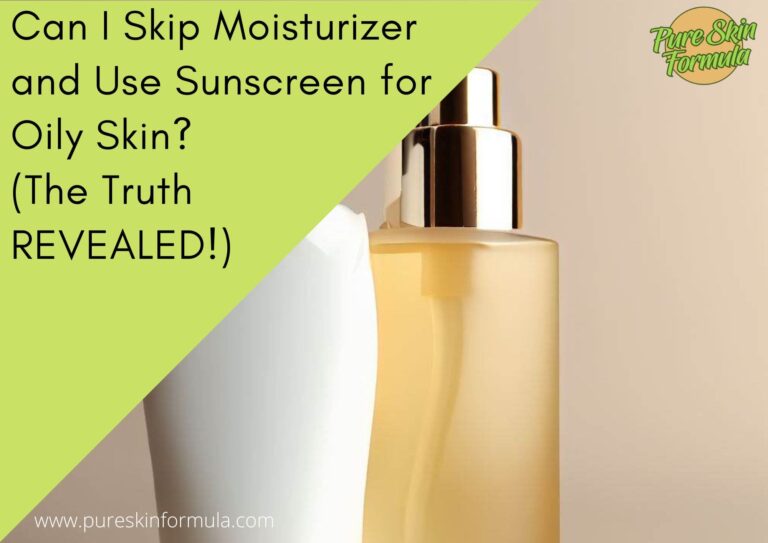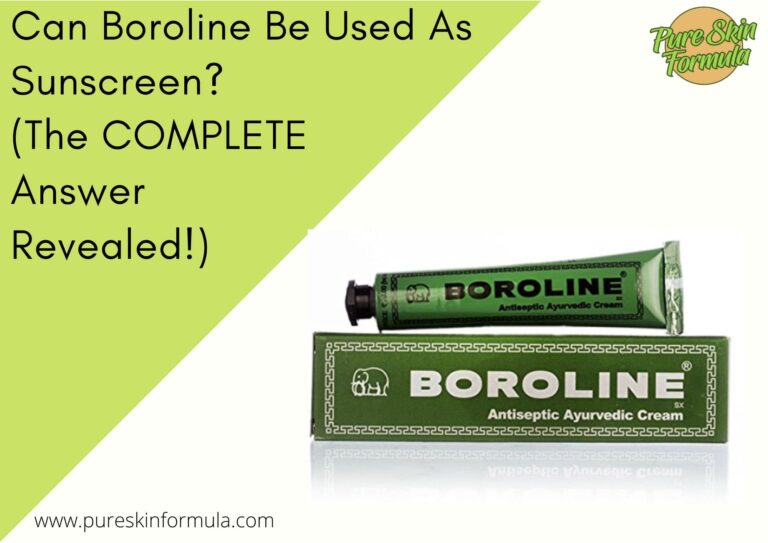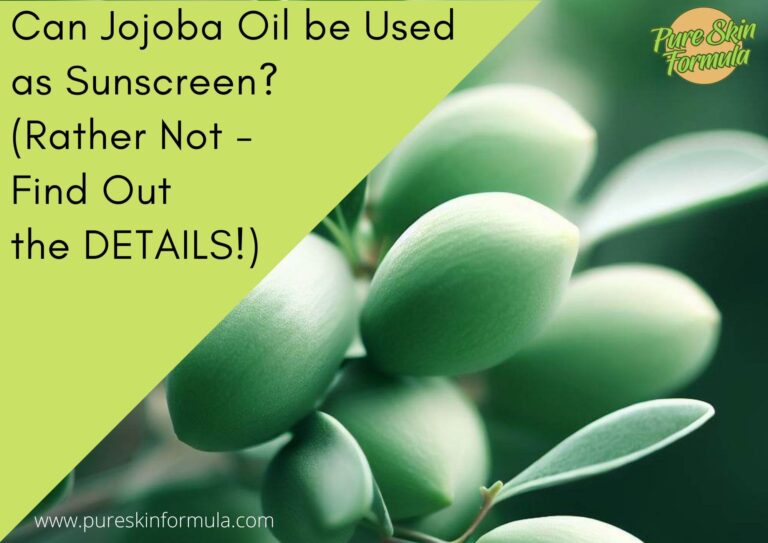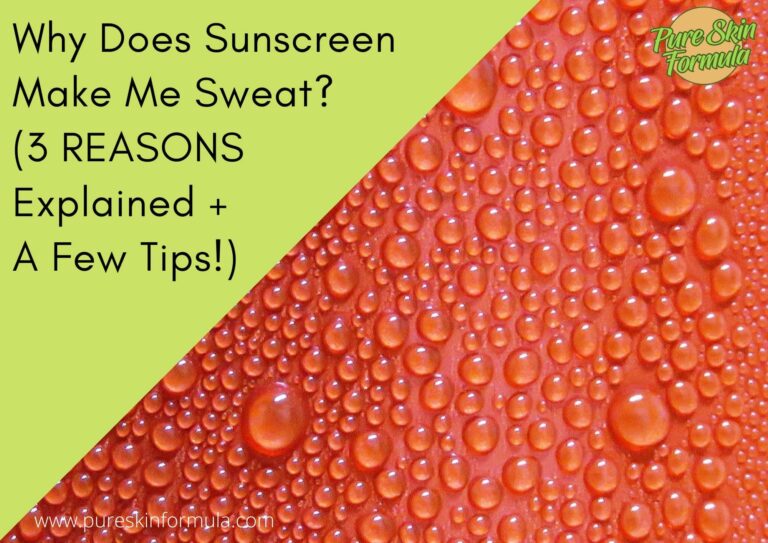Many of us have a favorite face sunscreen that we swear by, but slathering it on our arms, legs, and torso might sound unconventional. Is it possible?
Can face sunscreen effectively protect the larger surface area of our body? We’re about to dive into the nitty-gritty details and explore this unique approach’s potential benefits and drawbacks.
By understanding the specific needs of our skin and the science behind sunscreens, we’ll gain a deeper insight into whether face sunscreen can genuinely be a one-size-fits-all solution.
Can face sunscreen be used on the body?
Yes, face sunscreen can be used on the body, but some factors must be considered. Face sunscreens are specifically formulated for the delicate skin on the face, which is often more sensitive and prone to breakouts.
They tend to have lighter textures and may contain additional skincare ingredients. While face sunscreens can protect the body, they may be less suitable for larger areas due to their smaller packaging and potentially higher cost per ounce.
When using face sunscreen on the body, it is vital to ensure adequate coverage by applying enough amount. Remember that face sunscreen may not be as water-resistant or sweat-resistant as body sunscreens, designed to withstand outdoor activities and extended periods of sun exposure.
For those with sensitive or acne-prone skin, face sunscreens may be a preferred option for the body. However, people with allergies or skin conditions should be cautious and check the ingredient list to avoid potential irritants.
Let’s see the details.
How do the skin on the face and the body differ?
The skin on the face and body differ in several ways. Facial skin is generally thinner and more sensitive compared to the skin on the body. It contains a higher density of oil glands, especially in the T-zone (forehead, nose, and chin).
It is more prone to acne, sensitivity, and excess oil production. Body skin is typically thicker and less sensitive. It has fewer oil glands and is less prone to breakouts.
Considering these differences, face sunscreens are often formulated to be lightweight, non-greasy, and suitable for sensitive skin. Body sunscreens may have a thicker consistency and provide longer-lasting protection, making them better suited for larger areas and outdoor activities.
Everyone’s skin is unique, so finding the sunscreen that works best for you and meets the specific needs of different areas of your body is essential.
Is it appropriate to use face sunscreen on the body?

Using face sunscreen on the body can have its benefits and drawbacks. On the positive side, face sunscreens often have a lightweight texture and absorb quickly, which can be appealing when applying the product to larger areas.
Face sunscreens are formulated to be gentle on facial skin and may also be suitable for sensitive skin.
However, there are some drawbacks to consider. Face sunscreens usually come in smaller packaging, which may not be cost-effective for full-body application, especially if you spend much time outdoors.
When using face sunscreen on larger body areas, it’s crucial to consider skin compatibility. While face sunscreens are generally formulated to be gentle, some may experience irritation or allergies when using them on the body.
This is because the ingredients and formulations that work well on the face may need to be more suitable for the body, which has different skin thicknesses and needs.
What if you have sensitive skin?
Using face sunscreen on your body might be more suitable in certain situations. A typical example is a person with sensitive or acne-prone skin. Face sunscreens are often non-comedogenic, which won’t clog pores or exacerbate acne breakouts.
Furthermore, if you have specific skin concerns such as rosacea, eczema, or dermatitis, using a face sunscreen that has been dermatologist-tested and approved for sensitive skin can provide added reassurance.
It’s essential to consider your skin type, individual preferences, and any potential reactions when deciding whether to use face sunscreen on the body. If you have any doubts or concerns, consulting with a dermatologist or skincare professional can help you make an informed decision.
How is body sunscreen different?
Body sunscreens are designed to provide efficient and long-lasting sun protection, ensuring that your skin is shielded from harmful UV rays during prolonged exposure.
They are specifically formulated to cater to the needs of larger areas and extended outdoor activities. They often come in more extensive packaging to accommodate the application on broader surface areas.
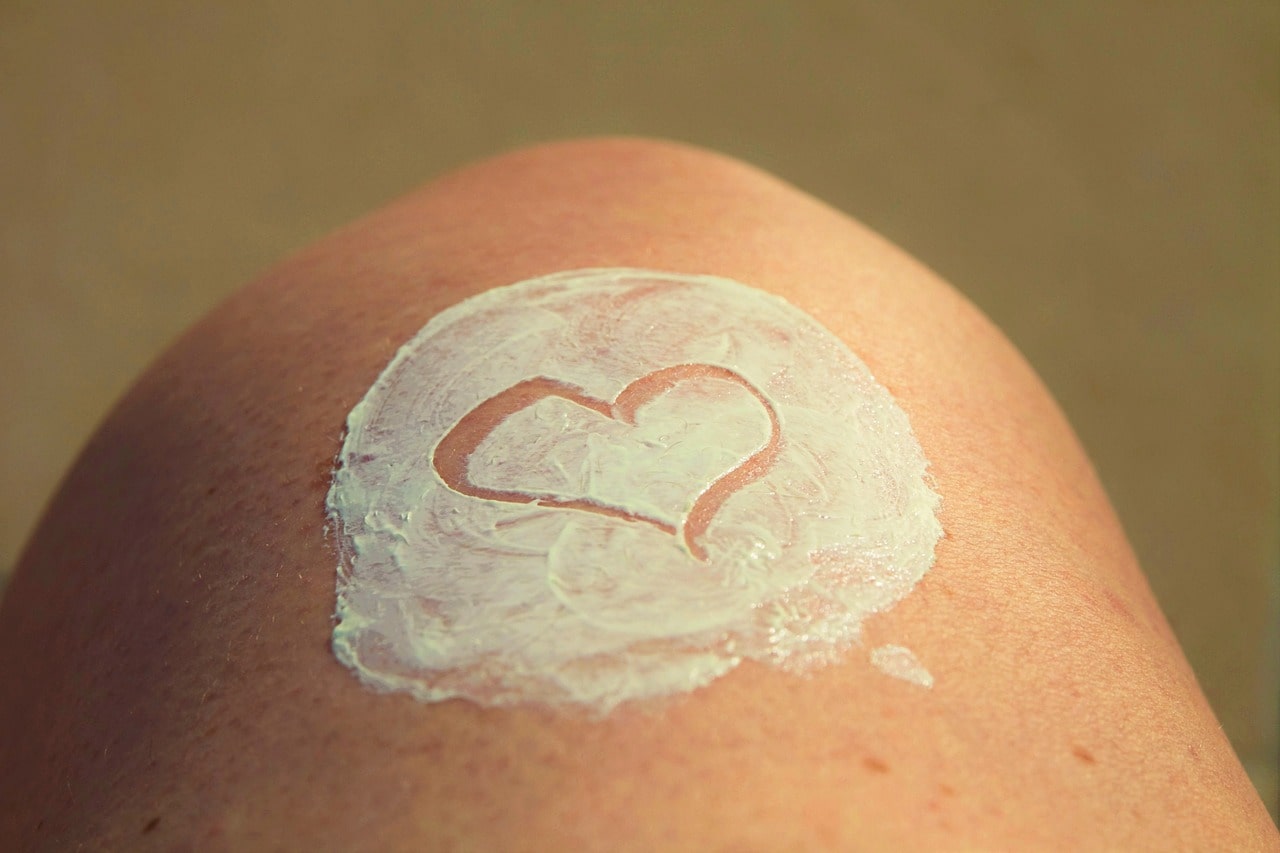
One key difference between body and face sunscreens lies in their formulation. Body sunscreens (especially physical ones) could have a thicker consistency to ensure better coverage and durability.
This thicker formula helps create a physical barrier on the skin, offering enhanced protection against the sun’s rays. Body sunscreens are typically more resistant to water, sweat, and friction.
In terms of texture, body sunscreens can range from creamy to lotion-like or even spray-on formulations. Creamy or lotion-like textures are famous for easy application and product distribution in larger areas.
On the other hand, spray-on sunscreens provide convenient and quick coverage for challenging areas.
How to use sunscreen properly?
Follow some general rules when using sunscreen on the face and body. Choose a broad-spectrum sunscreen that protects against both UVA and UVB rays. Look for a minimum SPF of 30 or higher to ensure adequate protection.
Apply sunscreen generously to all exposed areas of the skin. Pay attention to commonly overlooked areas like the ears, neck, and back of the hands.
Apply sunscreen at least 15-20 minutes before sun exposure to allow it to bind to the skin thoroughly. Reapply every two hours or more frequently if you’re sweating excessively or swimming. Remember that sunscreen is not a one-and-done application but requires regular reapplication for optimal protection.
You can enhance the protection by using supplementary ingredients like vitamin E.
What if you prefer face sunscreen on your body?
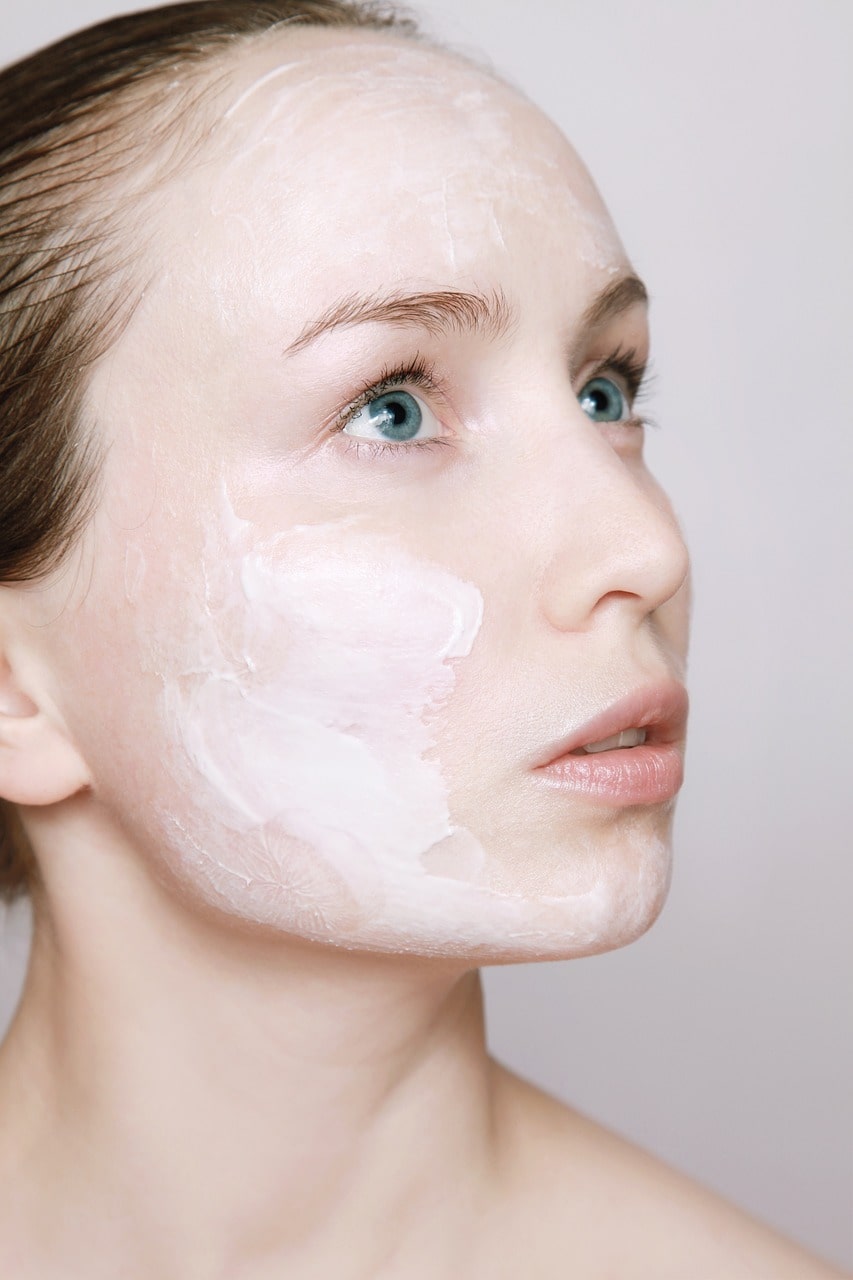
If you prefer using face sunscreen on the body, there are a few tips to consider. One option is to choose a face sunscreen with a larger packaging size, specifically labeled for use on both the face and body.
These sunscreens offer the convenience of using the same product for both areas.
Another alternative is to opt for a body sunscreen that shares similar characteristics with face sunscreens. Look for body sunscreens that have lightweight or non-greasy formulas, as well as non-comedogenic and hypoallergenic claims.
These characteristics make them more suitable for sensitive or acne-prone skin, resembling the qualities of face sunscreens.
Conclusion
While it’s true that face sunscreens are primarily designed for delicate facial skin, they can still serve a purpose beyond their intended use. Factors such as SPF, skin compatibility, and individual preferences come into play when making this decision.
Ultimately, the choice is yours. If you find that your face sunscreen meets your body’s needs and provides the necessary protection, there’s no harm in using it on larger areas. However, it’s crucial to consider factors like skin thickness, sensitivity, oil production, and the specific requirements of different body parts.
Whether you use face or body sunscreen, the key is to prioritize sun protection and ensure you’re applying an adequate amount. Regular and consistent use of sunscreen, along with other sun-safe practices, will help safeguard your skin against the harmful effects of the sun and maintain its health and vitality.
Thank you for reading!
Valeria

